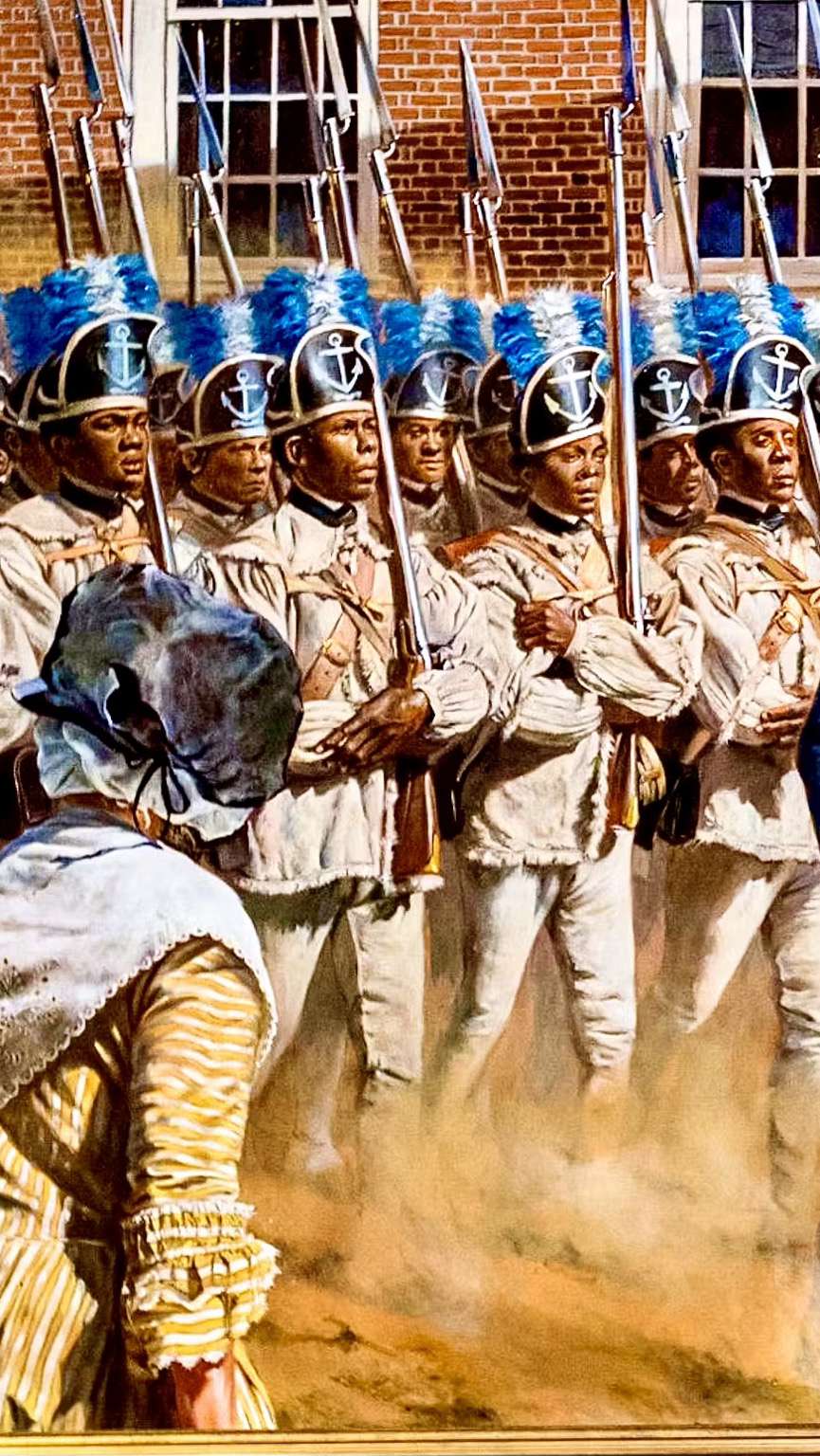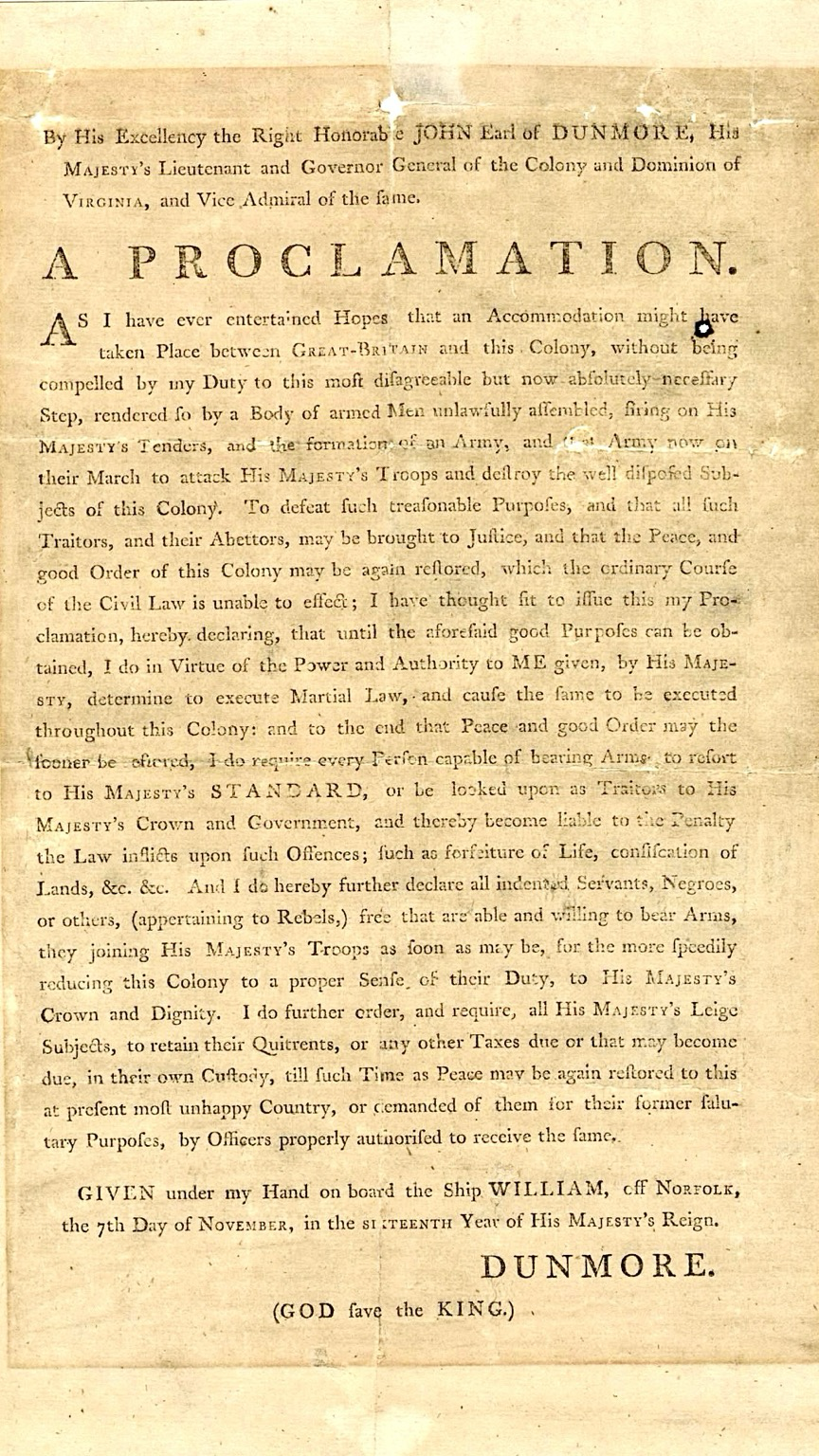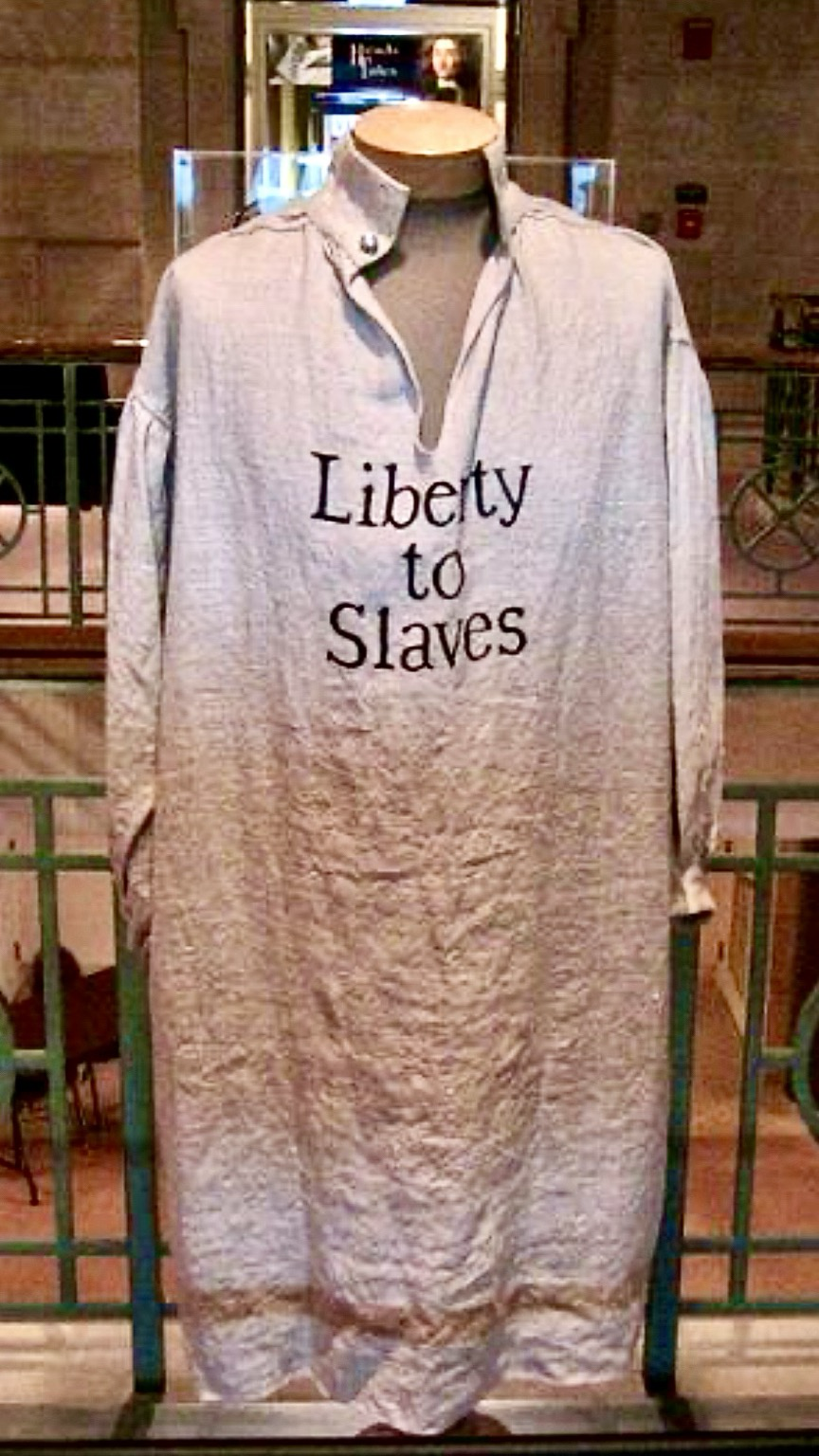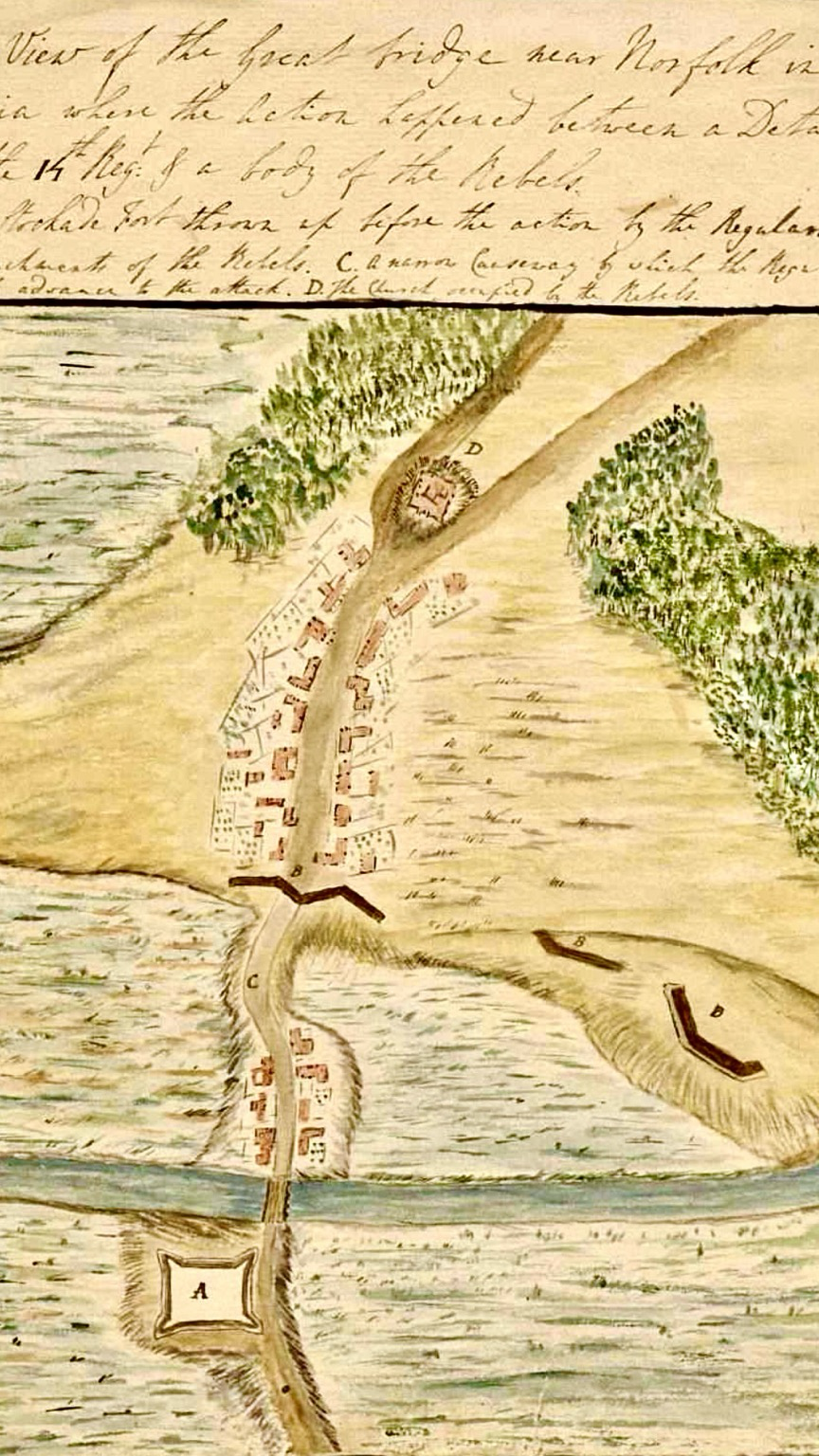In 1775, hundreds of enslaved men in Virginia fled their plantations and joined the British in exchange for a single promise: freedom. They formed the Ethiopian Regiment—the first Black fighting force of the American Revolution. This is the story of how they marched under a banner that read Liberty to Slaves, and what became of them in a single, searing year.
Caption: Troiani, Don. Brave Men as Ever Fought. Museum of the American Revolution, Philadelphia.
1/15
#histodons #history #education





